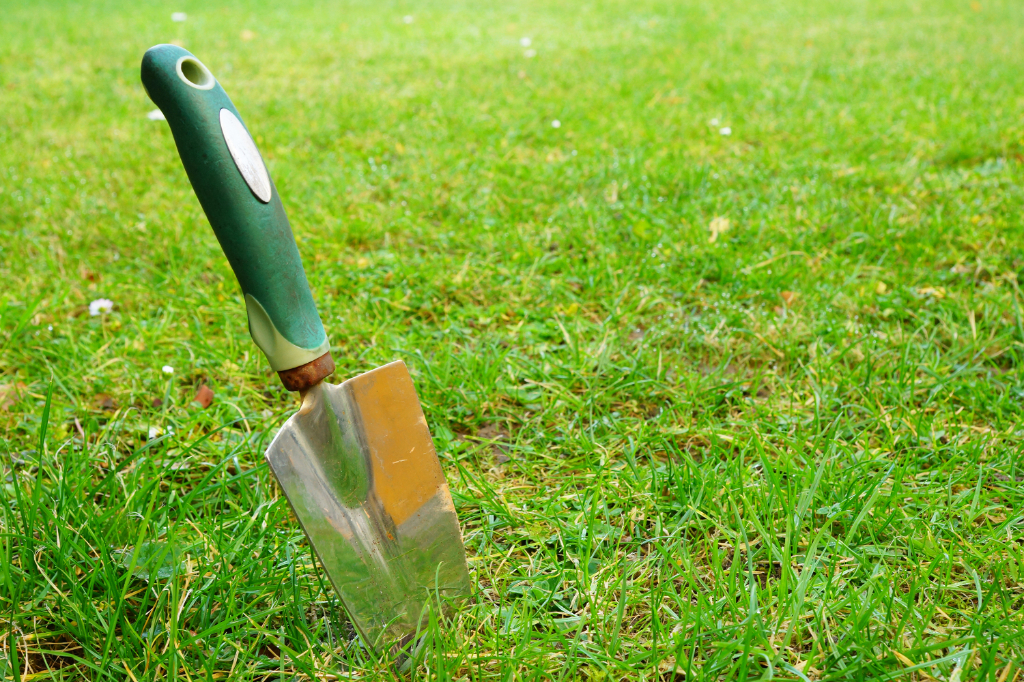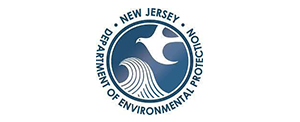Aeration is a crucial step in maintaining a healthy lawn. By creating small holes in the soil, aeration allows air, water, and nutrients to reach the grassroots more effectively. However, the benefits of aeration can only be fully realized with proper post-aeration care. Here’s a guide to the essential do’s and don’ts to ensure your lawn thrives after aeration.
Immediate Actions Post-Aeration
The first 24 to 48 hours after aeration are critical for setting the stage for healthy lawn growth. Here are the immediate steps you should take:
1. Watering: Begin by watering your lawn thoroughly right after aeration. This helps settle the soil and provides the moisture needed for new root growth. Ensure the soil is moist but not waterlogged.
2. Fertilizing: Applying a balanced fertilizer immediately after aeration can enhance nutrient uptake, giving your lawn a nutrient boost that helps in faster recovery and growth.
3. Overseeding: Aeration creates ideal conditions for overseeding. The holes left by aeration provide excellent seed-to-soil contact, which promotes better germination and establishment of new grass.
Do’s for Post-Aeration Lawn Care
– Do keep the soil moist: Consistent moisture is crucial for seed germination and root development. Water your lawn lightly every day for the first two weeks, ensuring the top inch of soil remains moist.
– Do mow the lawn at the right time: Wait at least a week before mowing to allow the new grass to establish. When you do mow, keep the grass height to about 3 inches to avoid stressing the young plants.
– Do leave soil plugs: While it might be tempting to remove the soil plugs left behind, it’s best to leave them on the lawn. They will break down naturally, returning valuable nutrients to the soil and helping to improve soil structure.
Don’ts for Post-Aeration Lawn Care
– Don’t overwater or underwater: Both extremes can be harmful. Overwatering can lead to waterlogged soil and fungal issues, while underwatering can cause the new grass to dry out. Aim for a balanced watering schedule, providing about 1 inch of water per week.
– Don’t apply weed control immediately: Avoid using weed control products right after aeration, as they can interfere with the growth of new grass. Wait until the new grass has been mowed a couple of times before applying any herbicides.
– Don’t allow heavy traffic: Minimize foot traffic and avoid using heavy equipment on the lawn for at least a few weeks. Compaction from traffic can negate the benefits of aeration by compressing the soil and hindering root development.
Long-term Maintenance Tips
To maintain a healthy lawn in the long term, follow these tips:
– Consistent watering schedule: Adjust your watering schedule as the new grass matures. Deep and infrequent watering encourages deep root growth and makes the lawn more drought-resistant.
– Regular mowing: Keep your grass at an optimal height, typically around 3 inches, and avoid cutting more than one-third of the grass blade length at a time to reduce stress.
– Fertilization: Continue with a regular fertilization schedule to provide essential nutrients. A well-fertilized lawn is more resilient to stress, disease, and weeds.
Following these do’s and don’ts for post-aeration lawn care will ensure your lawn remains healthy, lush, and vibrant. Remember, aeration is just the beginning; how you care for your lawn afterwards makes all the difference.
Need more personalized advice or professional lawn care services?
Contact GreenStripe today. Our experts are here to help you achieve and maintain the perfect lawn year-round.



